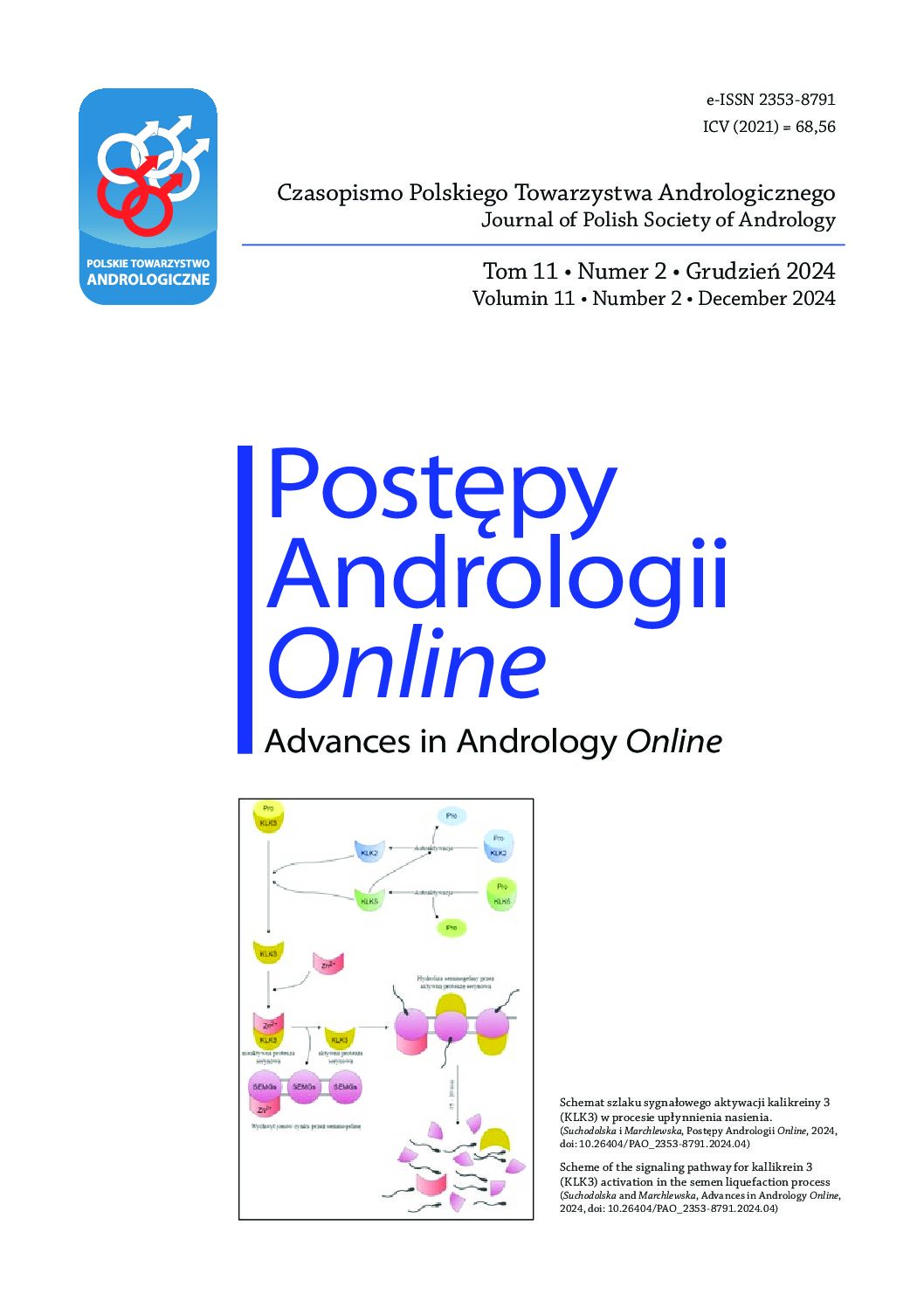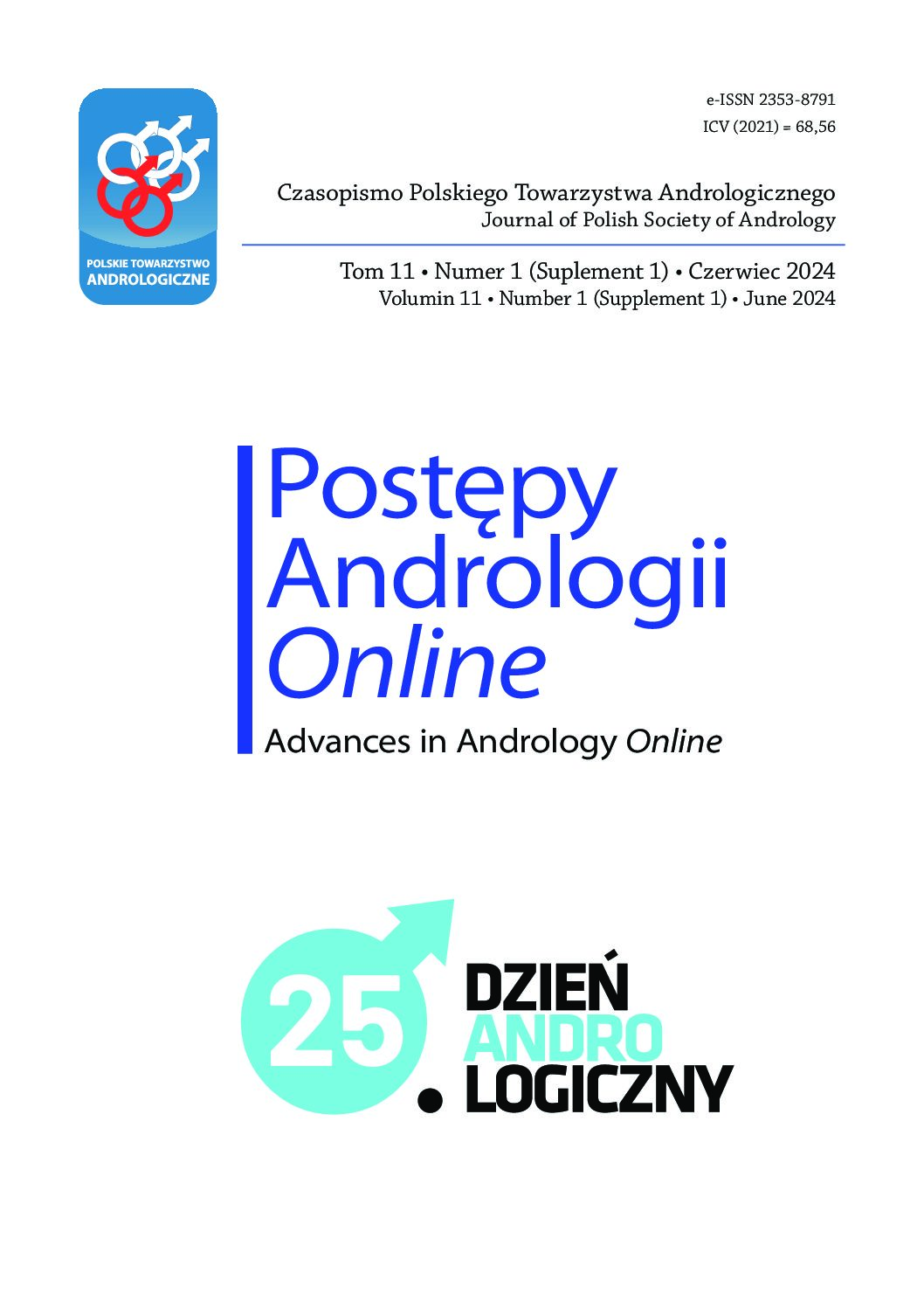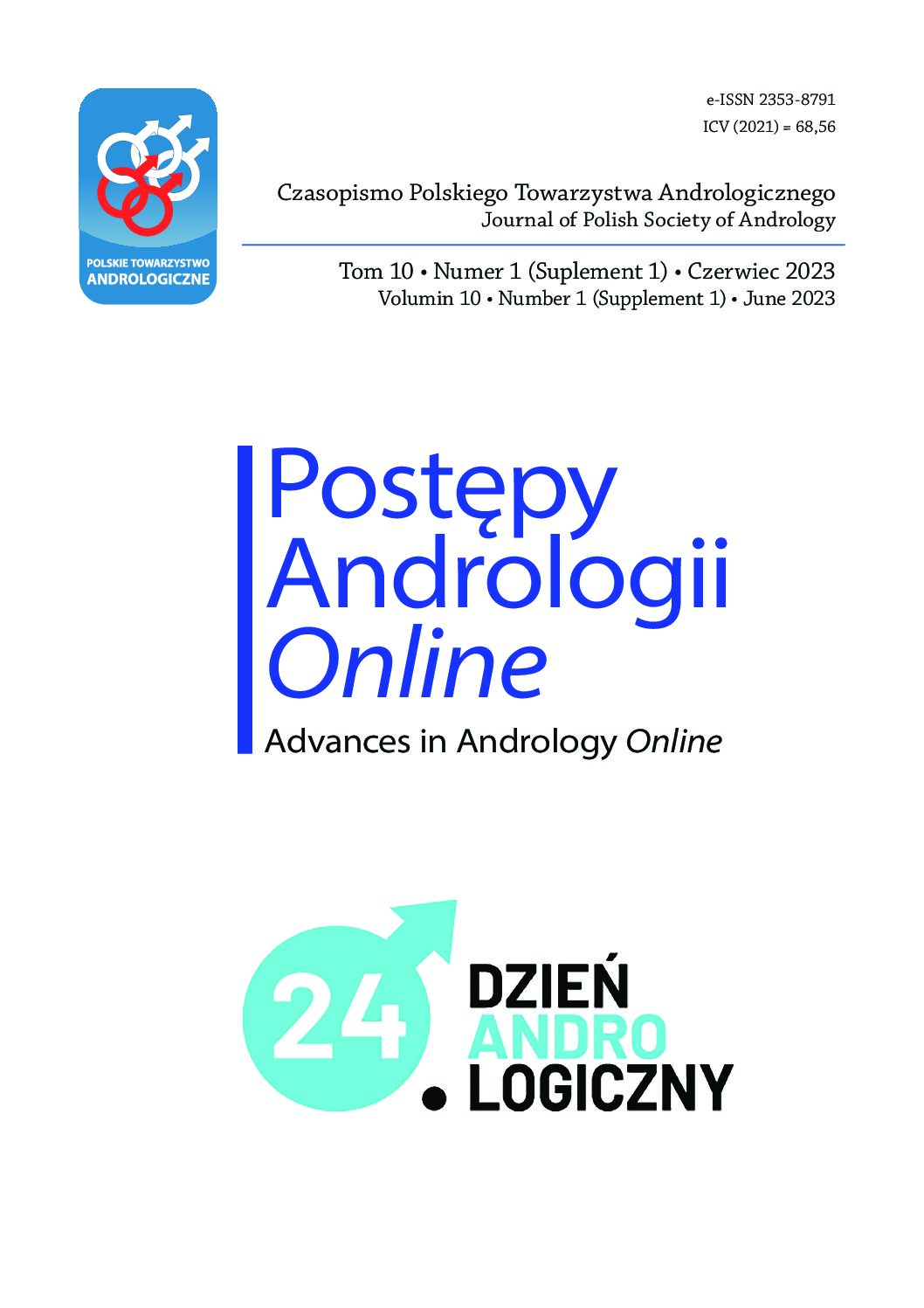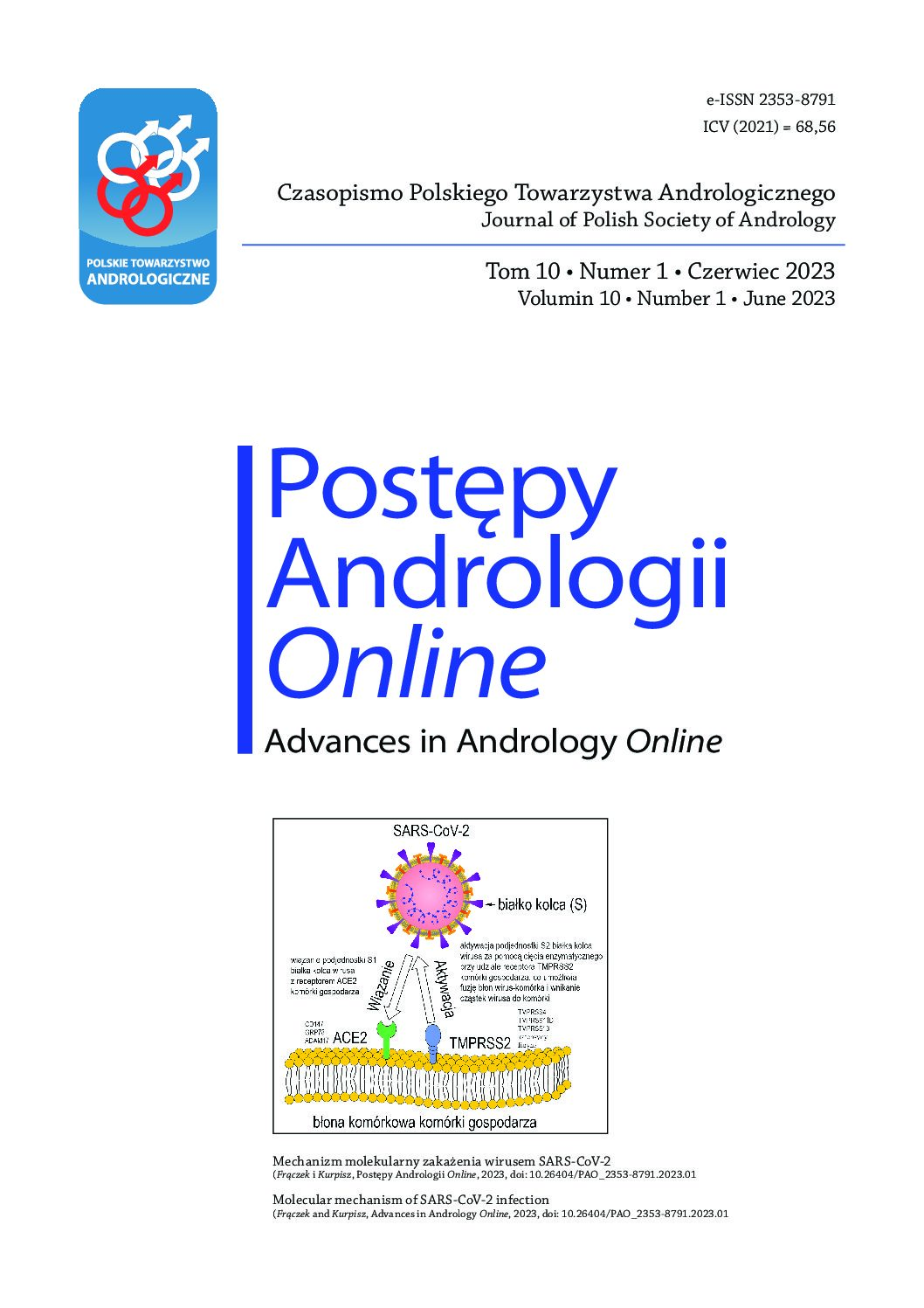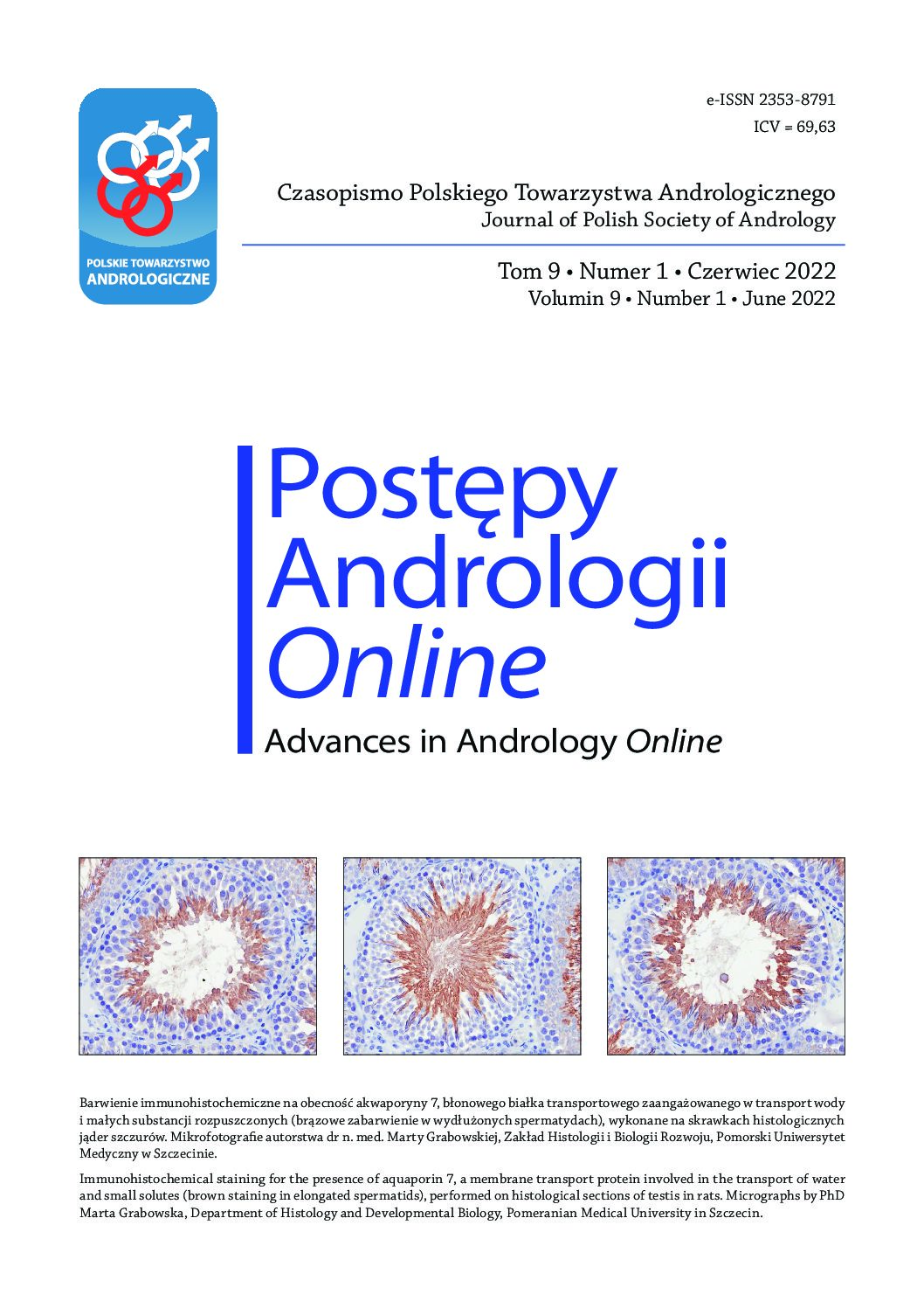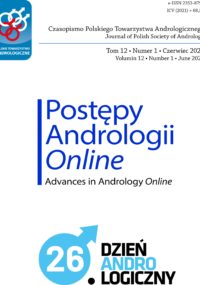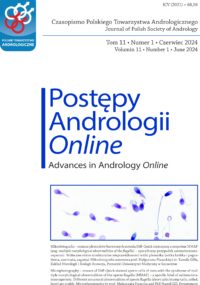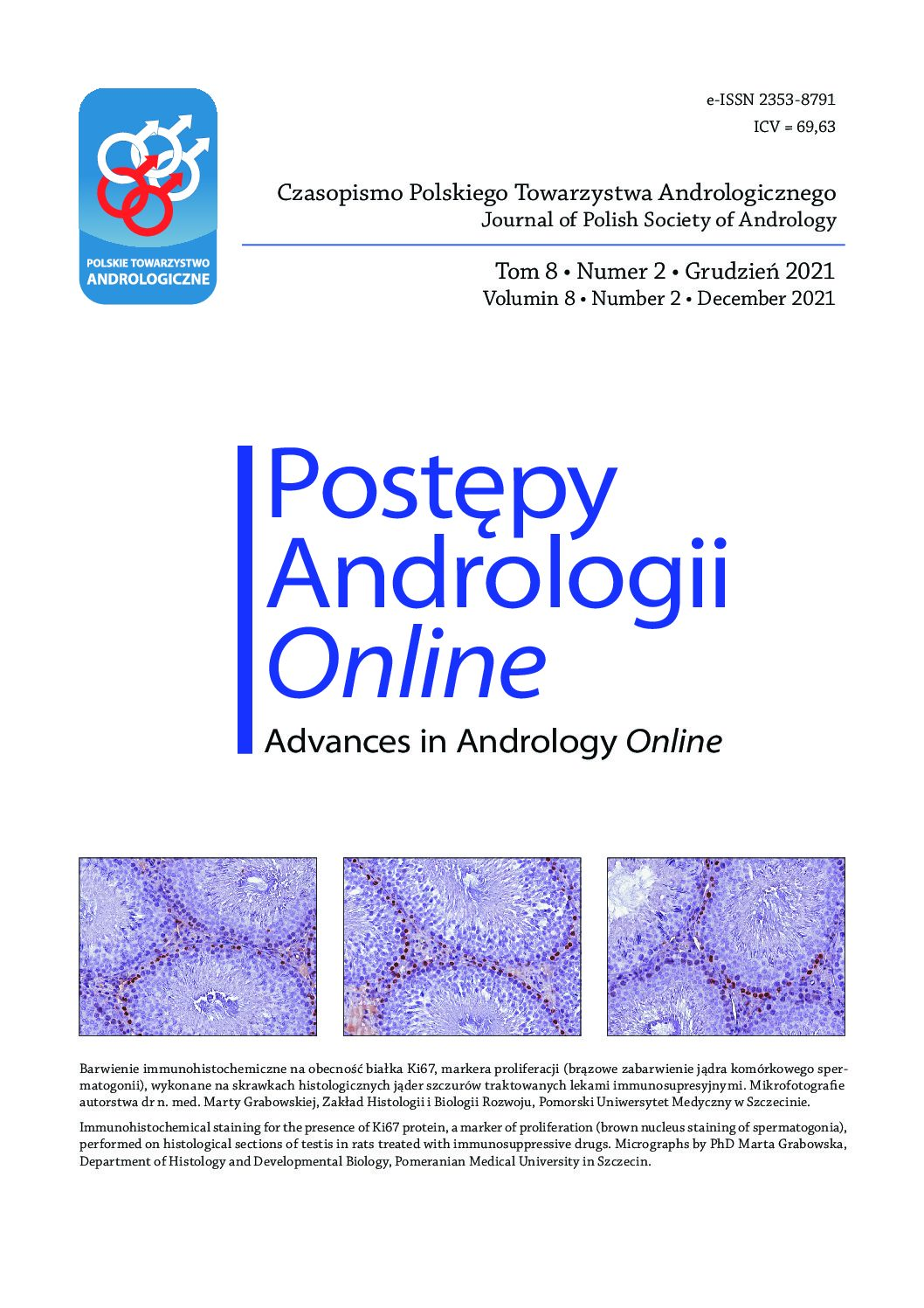The clinical application of oxidation–reduction potential (ORP) in human semen using the male infertile oxidative system – MiOXSYS®
Male infertility affects approximately 7% of men worldwide and is an isolated factor in 20–30% of infertility cases. A key role in the pathogenesis of male infertility is played by oxidative stress (OS), resulting from an imbalance between reactive oxygen species (ROS) and antioxidant mechanisms. It damages cell membrane lipids, proteins and DNA of sperm, deteriorating semen parameters and sperm function, thereby reducing the chances of fertilization, embryo development, and pregnancy maintenance. Given the increasing number of studies highlighting the significant role of oxidative stress in the pathogenesis of male infertility, one long-standing proposal has been to expand the diagnostic approach for men from infertile couples by including tests that detect the presence of OS in semen or sperm. This could contribute to the development of more personalized and effective therapies. The MiOXSYS® system, designed to assess the oxidation-reduction potential (ORP) of semen, was introduced to the European market in 2016. Rather than measuring the concentration of specific components of the redox system, it enables a real-time measurement of the balance between all known and unknown oxidants and antioxidants present in semen. The final result is presented as the ORP index (the value of ORP normalized to sperm concentration). Clinical studies indicate the potential of the MiOXSYS® system as a diagnostic tool for assessing male infertility associated with oxidative stress. However, despite its innovation and demonstrated clinical value in numerous studies, the MiOXSYS® system has sparked controversy due to methodological issues and the interpretation of results.
